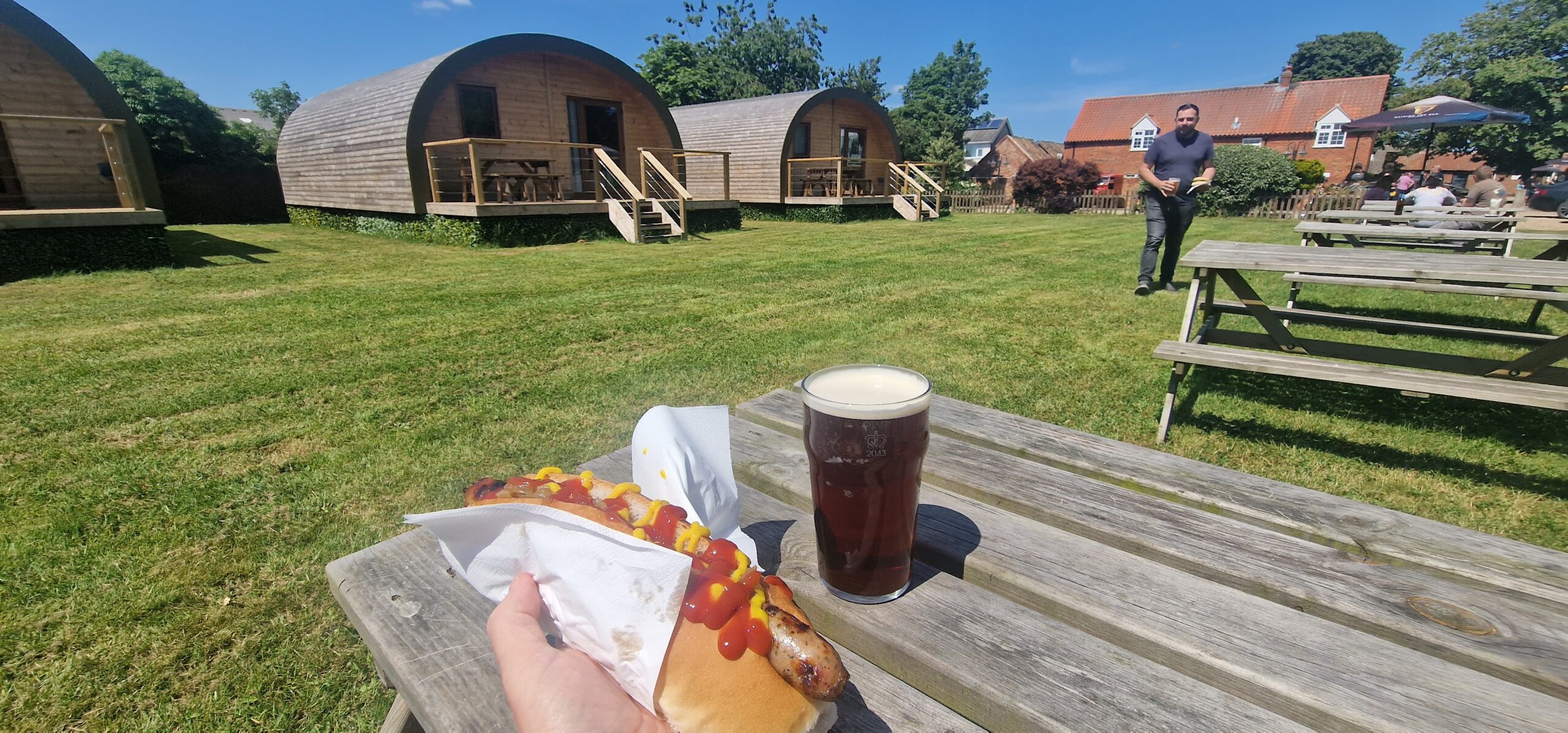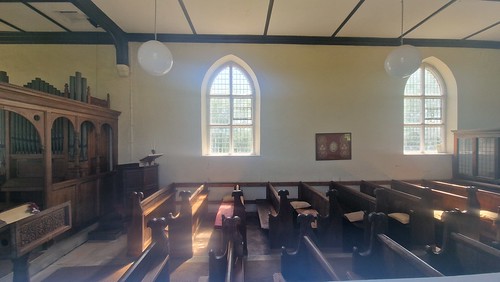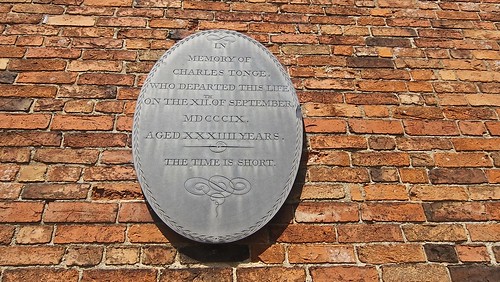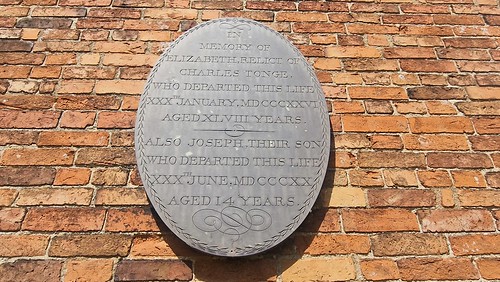Stapleford – Church of All Saints
Located down a track this pretty church was built to serve a village which has long since gone. The settlement that was once here was prone to flooding from the River Witham, meaning that this is the only building surviving. It’s also not the only medieval village to have been lost, just to the south was Stapleford Parva, with nothing now remaining of that settlement.
Although most of the structure is from a later period, there are elements from the eleventh century in the building and the church was referred to in the Domesday Book. The belfry had to be reconstructed in around 1300 as the local parishioners had become a little bit careless and it fell down.
There was an extensive rebuilding effort in 1770 with the mostly new structure being built on top of the earlier church, using brick rather than stone. In 1903, a restoration took place and the Cambridge Independent Press reported:
“The parish church was re-opened for Divine service on Sunday, after being closed for a fortnight. A great improvement has been effected by re-arranging the choir seats, pulpit and reading desk. In addition the chancel arch has been beautified, and two hagioscopes opened between the chancel and the nave.”
Unfortunately the church was closed, but it was possible to see through one of the windows. I’m not sure where they are now, but in July 1935, the owners of the neighbouring Stapleford Hall donated to the church a number of items from the Civil War period including a helmet and bottle found in the hall’s priest hole.
The listed building record notes that there is an eleventh century pillar piscina, eighteenth century altar rails, nineteenth century pews and twentieth century choir stalls, reredos and wooden screen.
The pretty graveyard, with Liam’s bike hiding the sign noting that dogs shouldn’t foul the area. It is a constant mystery to me that they need signs like this as one would hope it was obvious, but there we go…..
Charles Tonge who died in 1809 at the age of just 34, with this memorial noting “the time is short”.
Elizabeth Tonge who died in 1826 at the age of 48, alongside her son Joseph, who died at the age of just 14.
Edward and Ann Tonge, further dominating the side of the church wall.









